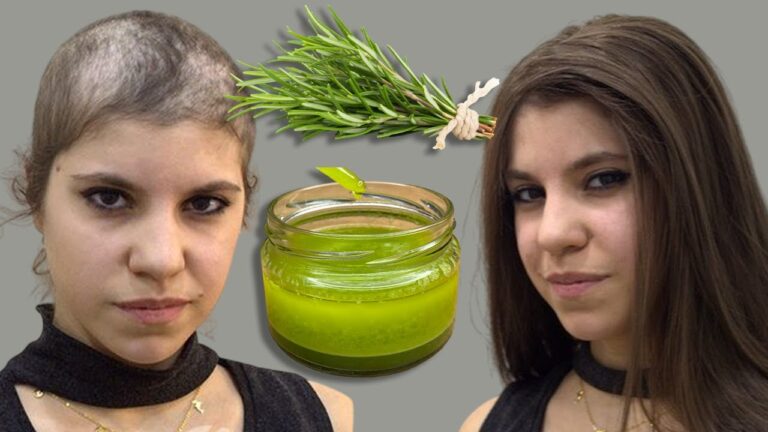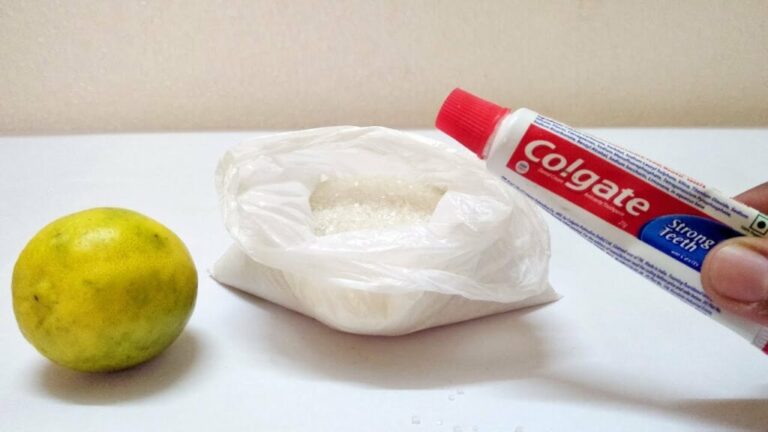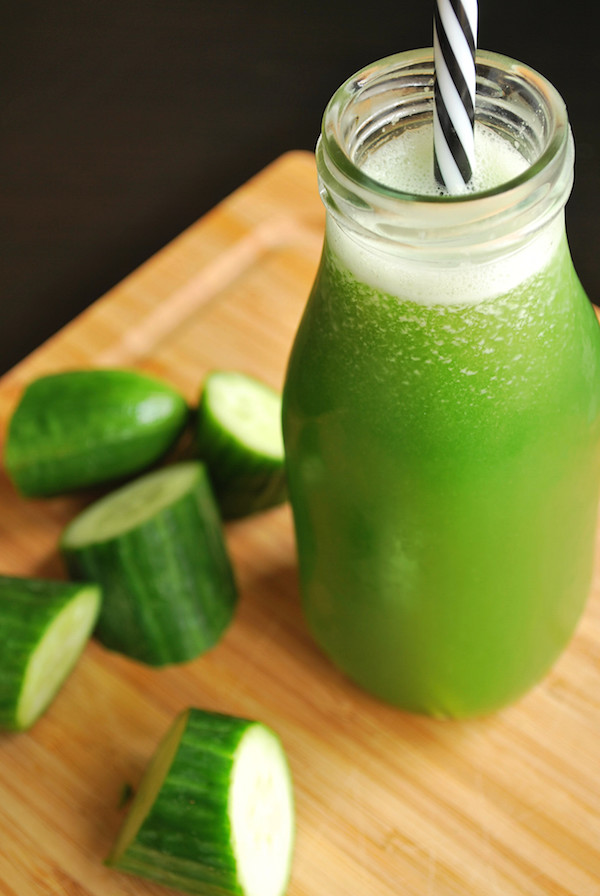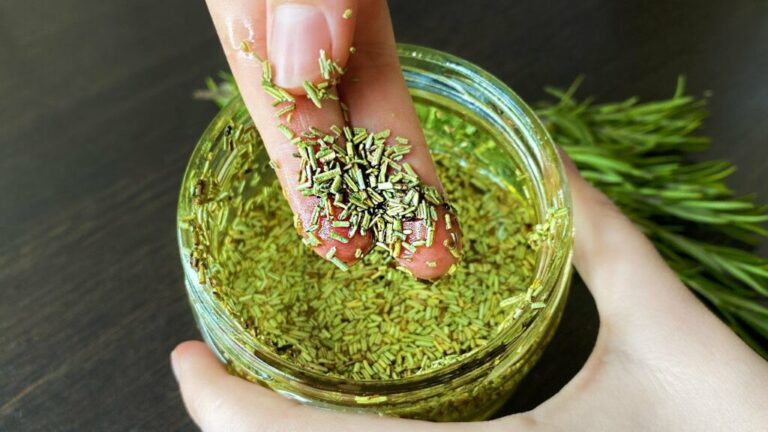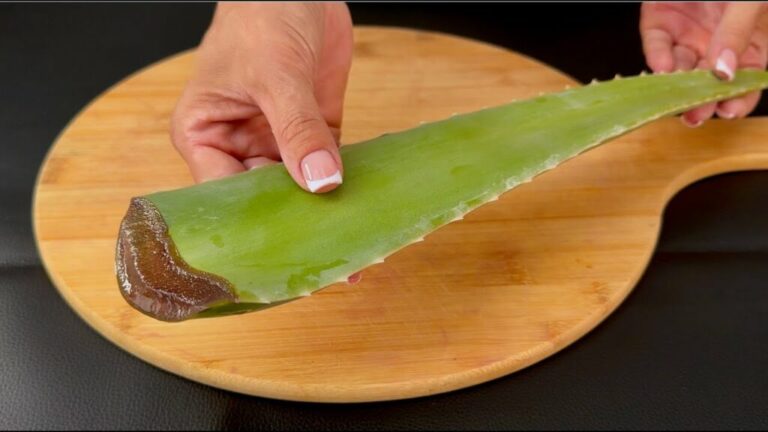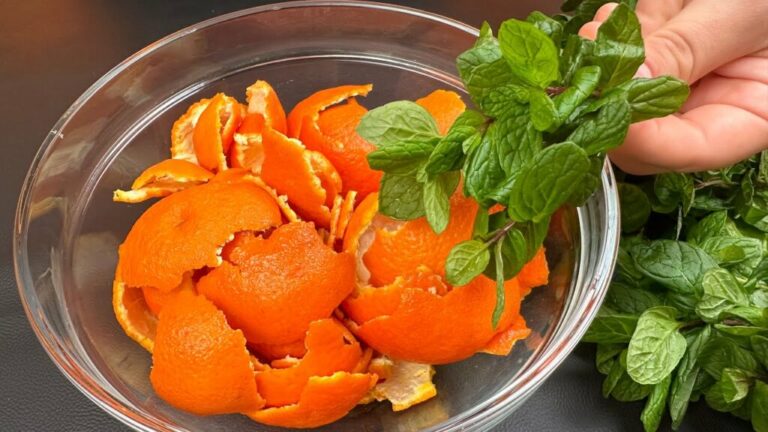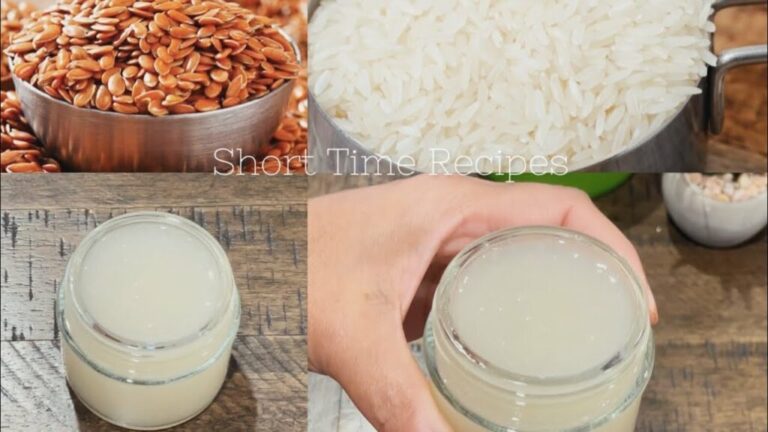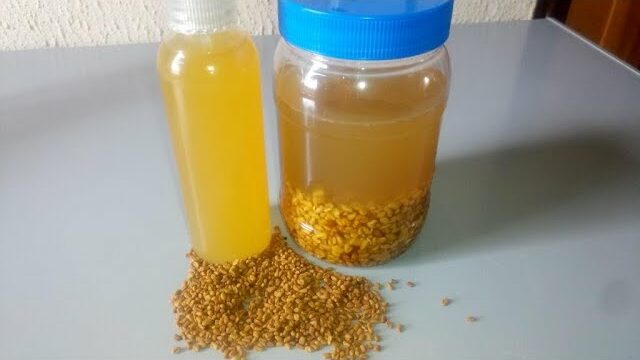Adding rosemary to your shampoo isn’t just a fragrant upgrade—it’s a potential game-changer for stimulating hair growth, even on thinning or balding areas. Rosemary oil has been studied for its efficacy in boosting hair growth and combating hair loss, similar to minoxidil, a common hair regrowth treatment. Here’s how to incorporate rosemary into your hair care routine and what you might expect:
Benefits of Rosemary for Hair
- Stimulates Hair Follicles: Rosemary oil is known for its ability to stimulate blood circulation to the scalp, which can promote hair follicles to grow.
- Prevents Hair Loss: It has properties that can prevent hair follicles from being starved of blood supply, dying off, and leading to hair loss.
- Strengthens Hair: The antioxidant properties of rosemary help in strengthening hair from the roots, preventing breakage and loss.
- Dandruff Reduction: Rosemary has antifungal properties that can help reduce dandruff and scalp itchiness.
How to Use Rosemary in Your Shampoo
- Rosemary Oil Addition: The simplest way is to add a few drops of rosemary essential oil directly to your shampoo bottle. For every ounce of shampoo, mix in about five drops of rosemary oil. Shake the bottle well to distribute the oil evenly.
- Rosemary Infused Shampoo: You can also make a rosemary infusion by steeping dried rosemary leaves in hot water for several hours, then straining the mixture. Add this rosemary water to your regular shampoo for a homemade botanical boost.
- Direct Scalp Application: For a more concentrated treatment, you can apply rosemary oil mixed with a carrier oil (like coconut or jojoba oil) directly to the scalp before showering. Massage the oil into your scalp, leave it on for at least 30 minutes, then shampoo as usual.
Expected Results
- Timeline: You might start to notice improvements in hair thickness and growth after about 14 days of consistent use. However, results can vary based on individual hair growth cycles and overall scalp health.
- Consistency is Key: For best results, continue using rosemary in your shampoo regularly. Hair growth can be slow, and persistence is crucial.
Precautions
- Allergy Test: Before starting regular treatments, apply a small amount of rosemary oil to your skin to check for any allergic reactions.
- Avoid Eyes: Essential oils are potent and can irritate the eyes, so be careful when washing your hair to keep the shampoo mixture out of your eyes.
Adding rosemary to your shampoo could be a promising natural solution for enhancing hair growth and revitalizing the scalp. As with any natural remedy, results may vary, and it’s always good to approach such treatments with realistic expectations and patience.
